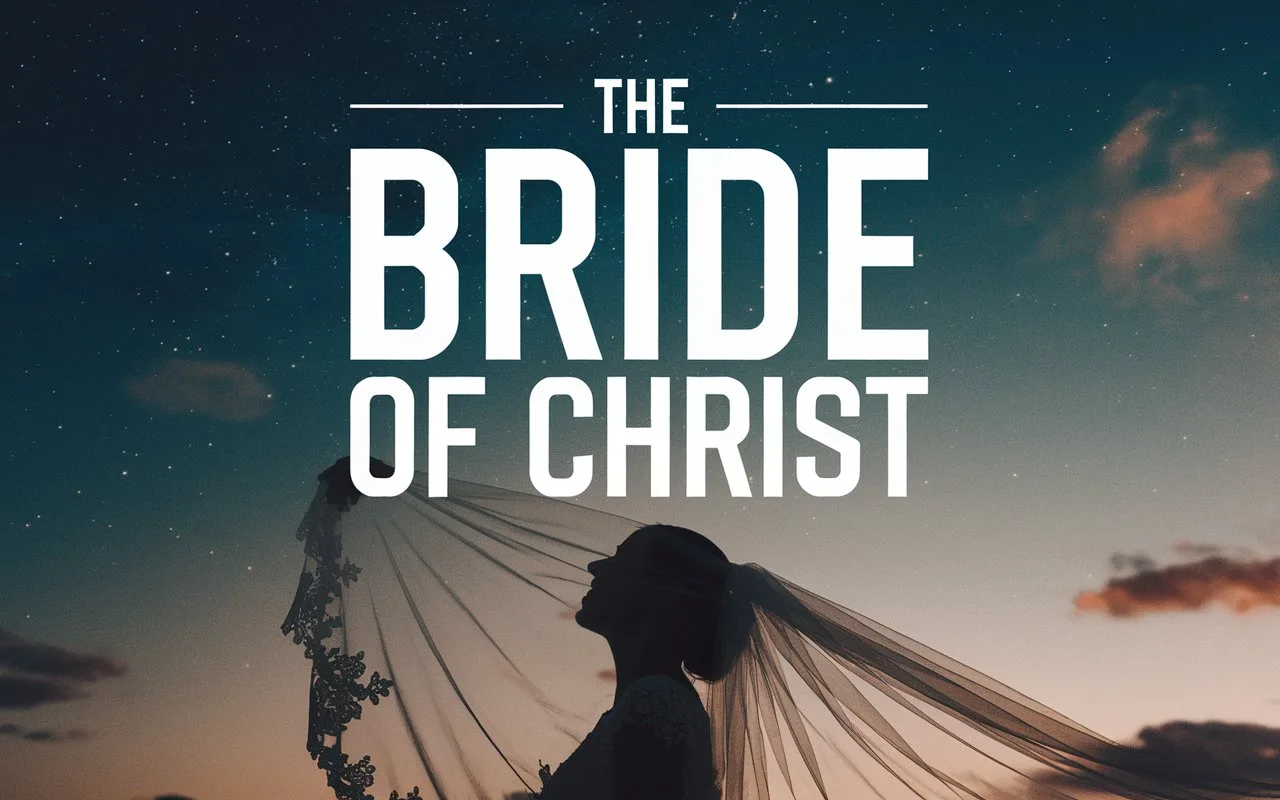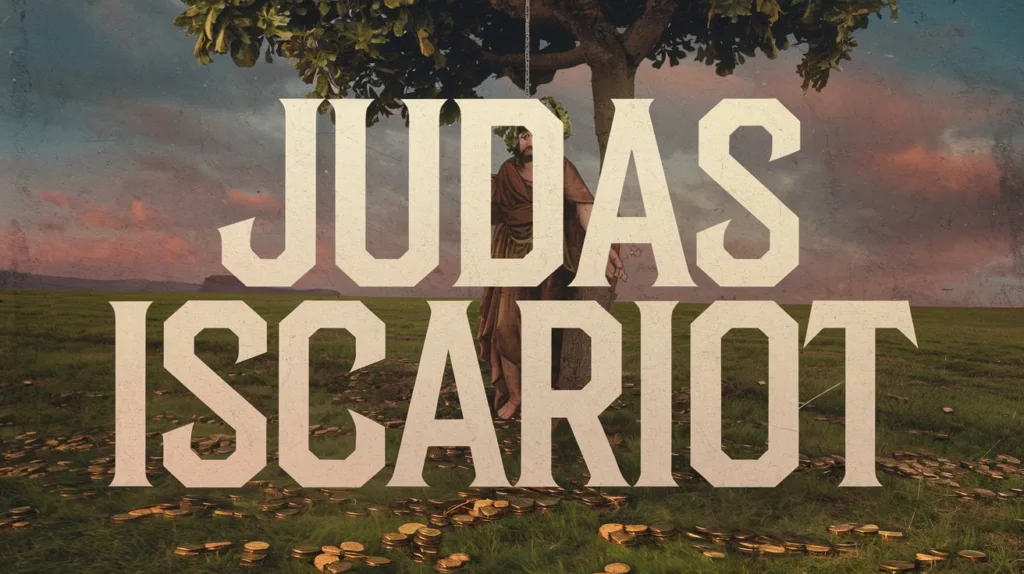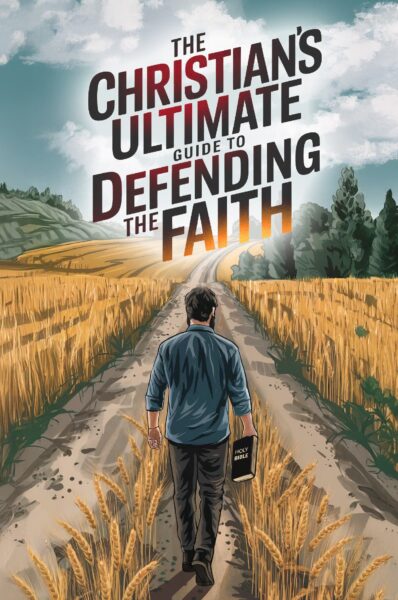Throughout Scripture, God reveals His relationship to His people using the imagery of marriage. In the New Testament, the specific title “Bride of Christ” is given to the Church, the called-out body of born-again believers from Pentecost until the Rapture. Paul writes plainly,
“For I am jealous for you with godly jealousy. For I have betrothed you to one husband, that I may present you as a chaste virgin to Christ” (2 Corinthians 11:2).
The Church is not a loose collective of the religious; it is the chosen Bride, set apart, purified, and awaiting the return of the Bridegroom. Ephesians makes this even clearer:
“Husbands, love your wives, just as Christ also loved the church and gave Himself for her” (Ephesians 5:25).
Christ’s love for the Church is covenantal, sacrificial, and exclusive, just as a groom’s love for his bride.
Why is the Church Called the Bride?
The relationship between Christ and the Church is described with wedding imagery to emphasize several divine truths: intimacy, covenant, exclusivity, preparation, and future union. Paul continues in Ephesians, explaining that Christ is
“that He might sanctify and cleanse her with the washing of water by the word” (Ephesians 5:26),
and
“that He might present her to Himself a glorious church, not having spot or wrinkle or any such thing, but that she should be holy and without blemish” (Ephesians 5:27).
The Church is not merely saved; she is being prepared. We are being made ready for the marriage supper of the Lamb. Revelation declares,
“Let us be glad and rejoice and give Him glory, for the marriage of the Lamb has come, and His wife has made herself ready” (Revelation 19:7).
Wedding Imagery in the Teachings of Jesus
Jesus continually used wedding imagery to teach the nature of the Kingdom and His return for His Bride. In John 14:2-3, Jesus speaks to His disciples,
“In My Father’s house are many mansions; if it were not so, I would have told you. I go to prepare a place for you… I will come again and receive you to Myself; that where I am, there you may be also.”
This echoes the ancient Jewish wedding custom where the bridegroom would leave to prepare a home and then return at an unknown time to take his bride to be with him. The parable of the ten virgins in Matthew 25:1-13 is rooted in this imagery. The wise virgins were ready, their lamps burning with oil, symbolizing the readiness and perseverance of the true Church awaiting her Bridegroom.
In Matthew 22:1-14, Jesus tells another parable of a wedding feast where many are invited but few are chosen. The emphasis is not merely on being invited but being prepared, adorned properly: clothed in righteousness (Revelation 19:8). Christ’s coming for His Bride is a sudden and joyful event, not a slow public procession but a snatching away (the Rapture) to be with Him forever (1 Thessalonians 4:16-17).
The Bride is a Specific People
It is crucial to rightly divide the Word of truth (2 Timothy 2:15) and understand who the Bride is. The Old Testament saints, though saved by faith (Romans 4:3), are not called the Bride of Christ. They are described as friends of the Bridegroom. John the Baptist, the last of the Old Covenant prophets, said,
“He who has the bride is the bridegroom; but the friend of the bridegroom, who stands and hears him, rejoices greatly” (John 3:29).
John identifies himself not as the Bride, but as a friend. Those who come to salvation during the Tribulation are also not called the Bride. They are saints, as Revelation 7:14 describes them,
“These are the ones who come out of the great tribulation, and washed their robes and made them white in the blood of the Lamb.”
They are rewarded and beloved, but the marriage supper of the Lamb occurs in heaven before Christ’s return to earth, signifying the Bride is already with Him (Revelation 19:7-9). The Bride is made up specifically of the Church: believers who have been baptized by the Holy Spirit into one Body (1 Corinthians 12:13), from Pentecost (Acts 2) until the Rapture (1 Thessalonians 4:16-17).
All saved people are saints, but not all saints are the Bride. The Church is a unique and distinct calling, a mystery not revealed in the Old Testament but made manifest now (Ephesians 3:3-6).
The Preparation of the Bride
Scripture speaks clearly of the preparation of the Bride. Sanctification is the ongoing work of the Holy Spirit, purifying and readying the Church for her Husband. Paul exhorts the Church to be “holy and without blemish” (Ephesians 5:27). Peter calls believers to be
“obedient children, not conforming yourselves to the former lusts, as in your ignorance; but as He who called you is holy, you also be holy in all your conduct” (1 Peter 1:14-15).
The garments of the Bride are not earned through human effort but are the righteousness of Christ imputed to her. Revelation reveals,
“And to her it was granted to be arrayed in fine linen, clean and bright, for the fine linen is the righteous acts of the saints” (Revelation 19:8).
The preparation is both a position and a practice (being declared righteous and being made practically pure).
The Consummation: The Marriage Supper of the Lamb
The final and ultimate fulfillment of the Bride’s calling is the marriage supper of the Lamb. Revelation 19:9 says,
“Blessed are those who are called to the marriage supper of the Lamb!”
This great event occurs after the Rapture, during the time of tribulation on the earth, and before Christ’s Second Coming. It is a celebration of union, the crowning of the Church’s relationship with Christ, and the beginning of eternal intimacy with our Savior.
It is a distinct event from the gathering of other saints. The Bride reigns with Christ (2 Timothy 2:12) and shares a unique intimacy, being one with Him forever.
My Final Thoughts
The Bride of Christ is the New Testament Church, a chosen people, sanctified, justified, and glorified in Christ Jesus. We are not a casual gathering but a beloved Bride, deeply loved, prepared, and destined for eternal union with our Bridegroom.
This profound truth should drive us to purity, faithfulness, and hope. We are not waiting for wrath, but for our Redeemer (1 Thessalonians 1:10). Our heart should echo the Spirit’s cry,
“Even so, come, Lord Jesus!” (Revelation 22:20).
Let us be found ready, clothed in righteousness, watching and waiting for the glorious day when we are caught up to meet our Lord in the air and celebrate the marriage of the Lamb forever.





 Get the book that teaches you how to evangelize and disarm doctrines from every single major cult group today.
Get the book that teaches you how to evangelize and disarm doctrines from every single major cult group today.